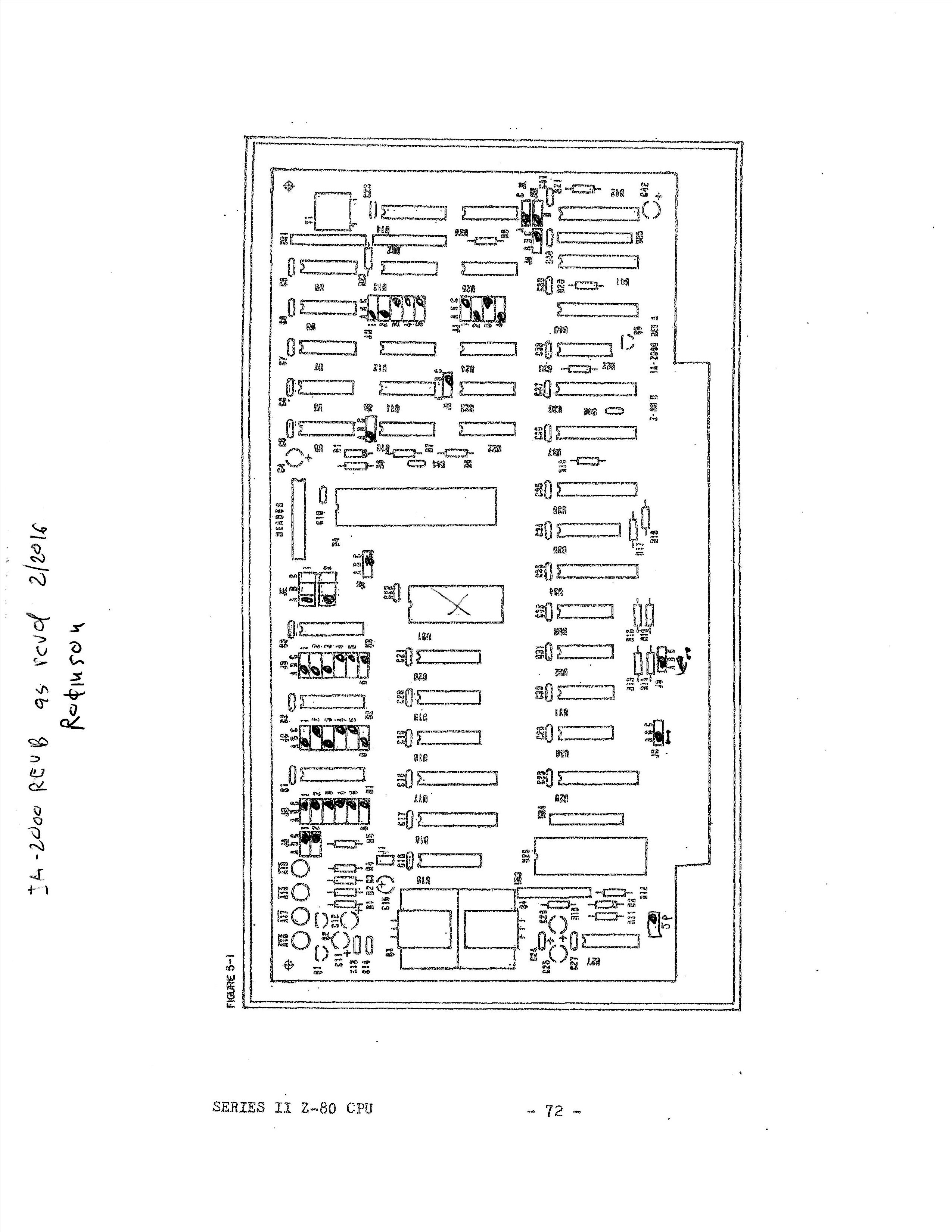
To find the appropriate identifier, we have to look at the Linux kernel headers, in particular, we look at the base identifier for the N64 ABI in unistd.h, which is 5000, and add to it the syscall number in syscall_n64.tbl, which is 58, so the final identifier for the exit syscall is 5058. Next, to identify the syscall we are calling, the $v0 register is loaded with the syscall identifier. So we pass it through the first integer argument register $a0 which is $4. The exit syscall takes only a single integer argument, the status. Notice that the first argument is either $4 or $12, the second is either $5 or $13, the third is $6 or $14, and so on depending on their type.

$f19) may be used to pass floating point arguments. Up to eight floating point registers ($f12. $11) may be used to pass integer arguments. Since we are using the N64 ABI, we have to use the calling conventions specified by that ABI, which states: Why _start? Because that's the default entry point for ELF executables, so that's where our program will start executing. We start by declaring the _start symbol as global, that is, accessible and visible to the linker. The assembly is as follows:Įnter fullscreen mode Exit fullscreen mode The simplest program we can write is a program that just exits. We choose little endian because that's what we are used to. There are three available ABIs for MIPS: O32, N32, and N64. The Application Binary Interface (ABI) is a description for the the rules and conventions we have to follow while writing applications, including the function calling conventions, the used data types, and more.
#Mips logicworks 64 Bit#
There are 32 and 64 bit MIPS architectures, we choose the modern 64 bit architecture. The significance of those choices will become apparent later. We know we are targeting MIPS, but there are so many variations. So we shall utilize Clang for our purpose, for now.Īrmed with an emulator and a cross compiler, let us write a hello world program and test it using this toolchain.įirst, we have to make some choices with regards to the platform we will be targeting. Clang is a cross compiler by default with support for many targets out of the box, so it is very likely that the Clang version you have already supports MIPS as a target. For GCC, you need a separate toolchain for each compilation platform you want to target, which means you will have to compile the toolchain yourself configuring the target in the process. In order to cross compile, you need a Cross Compiler, actually, you need a whole Cross Compiler Toolchain including the compiler, assembler, linker, runtime, and so on. This is perfect for our use case, so we shall utilize it.Ĭompiling a binary for a different platform is called Cross Compiling, and it is a bit involved. The other method is to run a user-space emulator that just runs a single MIPS binary. This is overkill for our use case, so we shall not look into this solution.
#Mips logicworks full#
Qemu provide two methods of emulation:Ī full system emulator boots a full MIPS Linux kernel where you can do whatever you like, including installing a native compiler and running binaries just like you would run binaries on your system.

Qemu is an open source generic emulator for many many ISAs and processors, including MIPS. Running binaries is the easier challenge.



 0 kommentar(er)
0 kommentar(er)
